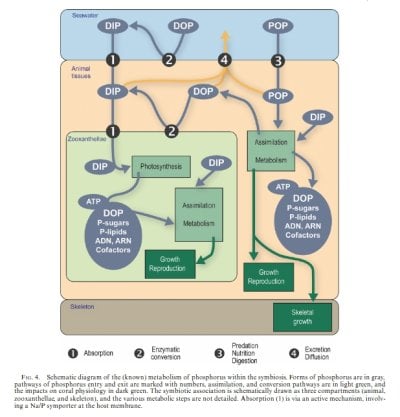Hello everyone,
It's been a while since I posted because everything has been going great.
My Euphyllia-dominated nano tank is filling up nicely, with some corals splitting. However, my most expensive frogspawn closed up about a month ago. I tried various treatments like Cipro and dipping, but after two weeks, there's still no improvement. It opens slightly for a few minutes each day and then closes again. I have 9 other Euphyllias with 13 heads, all doing well. Any tips?
My parameters are stable, but my phosphates and nitrates are low (0.013 and 9.2). I have a 15G tank with 2 clowns and a yellow clown goby, and I feed flakes daily and Mysis every other day. I've tried raising my mag for a while, but didn't notice any changes so I brought it back to natural levels.
Should I consider raising my phosphate and nitrate levels? I have dosing bottles from my dino battle but am unsure if it will have any positive impact.

It's been a while since I posted because everything has been going great.
My Euphyllia-dominated nano tank is filling up nicely, with some corals splitting. However, my most expensive frogspawn closed up about a month ago. I tried various treatments like Cipro and dipping, but after two weeks, there's still no improvement. It opens slightly for a few minutes each day and then closes again. I have 9 other Euphyllias with 13 heads, all doing well. Any tips?
My parameters are stable, but my phosphates and nitrates are low (0.013 and 9.2). I have a 15G tank with 2 clowns and a yellow clown goby, and I feed flakes daily and Mysis every other day. I've tried raising my mag for a while, but didn't notice any changes so I brought it back to natural levels.
Should I consider raising my phosphate and nitrate levels? I have dosing bottles from my dino battle but am unsure if it will have any positive impact.




































